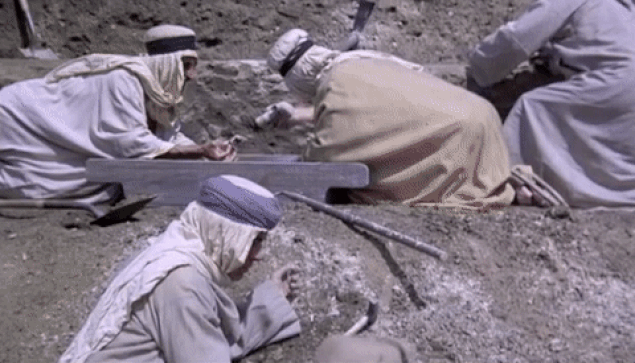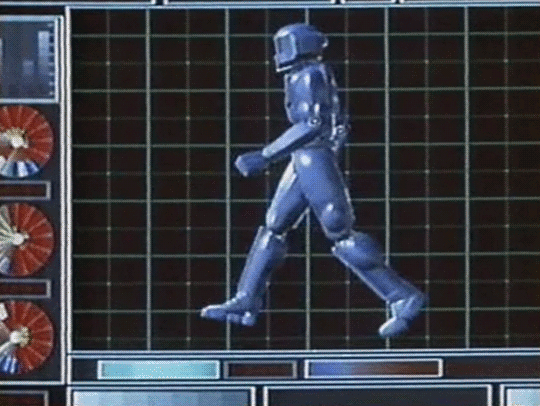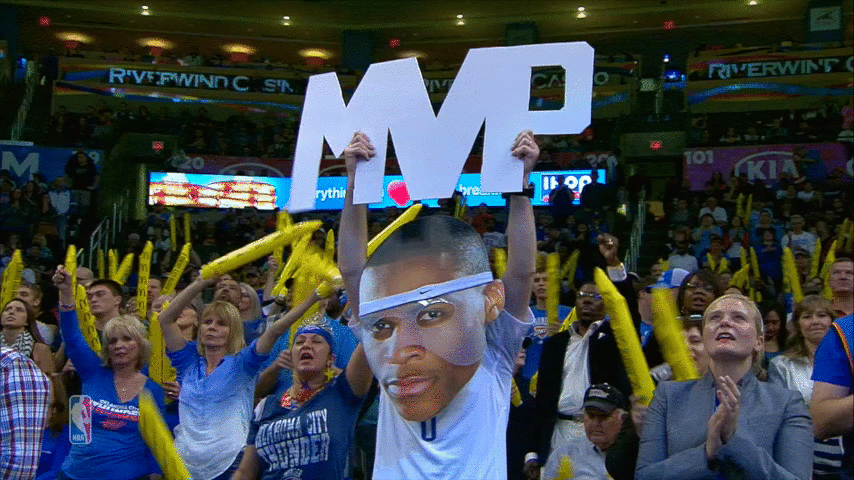Whether you want to test the market with your new impact game or need something to impress your funders, sometimes you want to make a smaller initial investment in your game before you commit to taking it to Gold. The good news is that you have some options to consider when you want to take baby steps in game development and, like with most things in life, each option has strengths and weaknesses!

Discovery-Only $ out of $$$$$
Filament’s design process starts with a Discovery. During Discovery, we explore product considerations such as the product vision, the target audience, the objectives and standards, assessment needs (if any), and external requirements. From there, we work with you to create an initial design for your game including developing the overall look and feel. From the Discovery, we generate a set of materials that will become the roadmap to development and help share the vision of the product: a game design document, wireframes, concept art, and a production plan. These materials can often fit the bill for what you need whether you need to use them to seek internal approval or share them with your stakeholder groups to gather initial feedback. The advantage to this approach is that you can share the entire vision for the product both from a design perspective and the look and feel while limiting your investment. The drawback, of course, is that it does not result in something playable.

Alpha Release $$-$$$ out of $$$$$
Our methodology consists of a Discovery followed by Development which includes three releases: Alpha, Beta and Gold. The purpose of Alpha is to create a usable, efficacious, and engaging experience which means we usually aim to have our Alpha Releases be roughly feature-complete. The art and user interface are sufficient for players to be motivated to play through the core loop (not all placeholder art) and the game performance is minimally viable on the primary target platform. The advantages to going beyond Discovery and working with us through Alpha is that you’ll have something playable. While there are still two releases to go, you’ll be able to show measurable progress with your project and can begin to test the release with real users. Since we are building your actual game, everything we build in Alpha lays the technical foundation for the project that will be built upon in future releases. The drawbacks of this approach is that it requires some imagination to get past some of the art and won’t have things that are helpful in a completed game like a tutorial.

Prototype $$-$$$ out of $$$$$
We think of the prototype (also called Vertical Slice) as a stand-alone play experience that demonstrates key mechanics of the game. Think of it as a part or section of a game – not a complete experience. It’s going to be polished and have a fair amount of sizzle as a prototype is usually designed to impress someone. The benefits of a prototype is that it does just that. It makes the player feel like they are playing something real and they can start to trust their intuition if the game is going to be something that people will want to play or not. The drawbacks of a prototype is that from a technical perspective, we will not be laying a technical architecture that we can then build on in the future. Instead, we will be developing a unique architecture for the prototype that makes an incomplete game feel whole. In other words, the drawback is that most likely we’ll be able to salvage some of the art from the prototype but the rest of it will not be reusable in future development.
We don’t recommend prototypes to test with users as the experience will be incomplete and therefore not a proper measure of the efficacy of the intended experience.

![]()
MVP (Minimum Viable Product) $$$$ out of $$$$$
An MVP is a stand-alone play experience that is a complete game with only the essential features. MVPs are usually designed to test engagement and efficacy with end users or test the game in the market. Like a prototype, it’s going to be polished and have sizzle with the intent of a positive, playful experience for the player. It may hint at features that will be added in the future. Since it’s intended for end users, we recommend that your MVP be a full Gold Release (feature-complete, high polish) like we would recommend for any completed game. The difference with the MVP is that it’s a limited feature set. The advantage of the MVP is that you may save time and money to get your key questions answered more quickly. However, you have to have enough features to really answer those questions so development is usually not as quick as people may think. The drawbacks of the MVP show up later in the project. If you want to move forward with new features, you then have to go back and tinker with the main architecture which may end up being more work than if you had included the feature from the start. The other risk is that you make your MVP so small that you miss the mark on engagement or efficacy.
With this, I hope you now know more about your options in video game development. Not quite sure what’s right for you? Reach out and let’s talk!